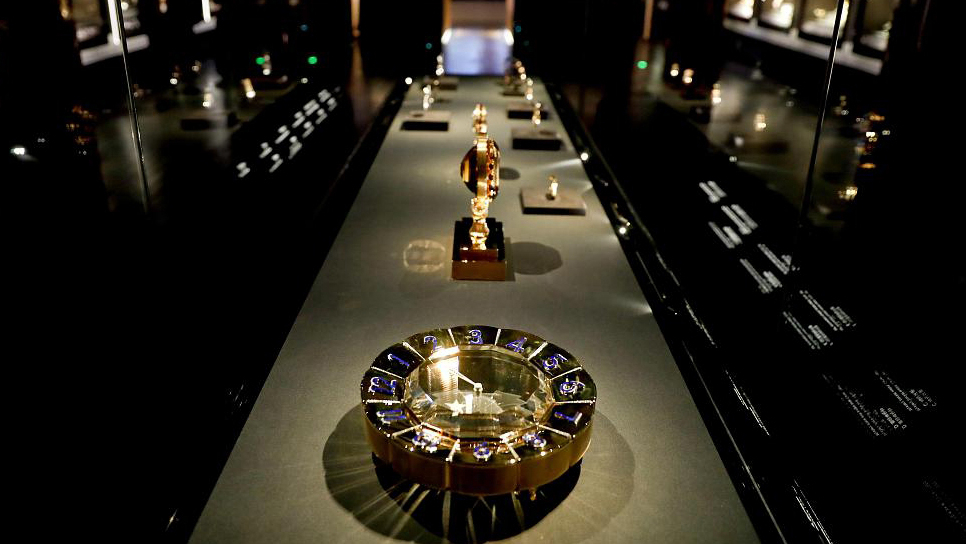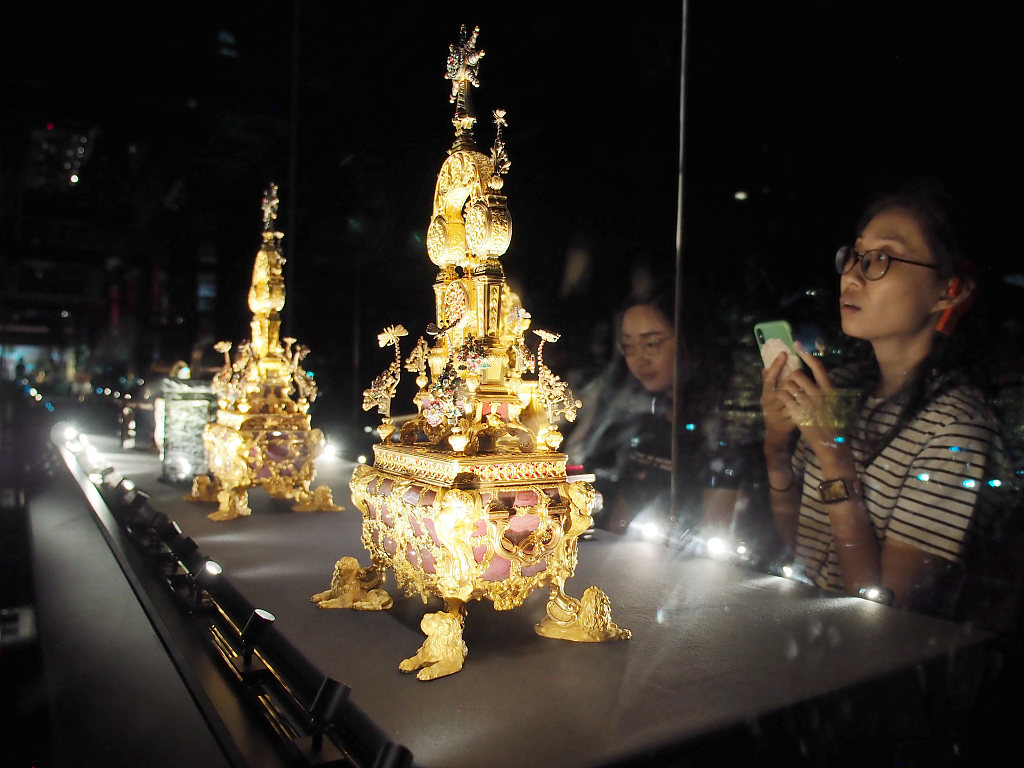

French luxury brand Cartier is well known for its jewelry and watches, as well as other accessories. And for more than a century, many of its designs have been inspired by Chinese culture. Now, an exhibition being held at the Palace Museum in Beijing traces how Chinese elements have been used and developed in Western fashion designs.
More than 800 pieces dating from the 14th century to today are gathered, mainly from the Cartier Collection and the collections of the Palace Museum.
Watchmaking used to serve as a means of collaboration between East and West. The Chinese-inspired Cartier clocks and the European-style timepieces from the Palace Museum’s collections are the very embodiment of this dialogue.
"When Western watchmakers turned their eyes on the Chinese market more than 300 years ago, they started to produce watches and clocks that, on the one hand, targeted Chinese consumers. On the other hand, they targeted European consumers by creating designs with Chinese elements. And Cartier’s production years later has carried on these designs. So this exhibition aims at tracing the origin of the initial collaboration between East and West," said Guo Fuxiang, one of the curators of the exhibition.

The exhibition, Cartier's Beyond Boundaries at the Palace Museum in Beijing, June 1. /VCG Photo
At first, the applications of Chinese elements were simply copying some Chinese-style patterns, matching the decorative colors based on Chinese tastes, or making things in pairs, a sign of good luck in China.
But as exchanges expanded, the understanding of Chinese culture has gone beyond the looks.
"The Carp clock impressed me when I first saw it. I was shocked by how precisely they understand the Chinese element of the seawater and cliff pattern. It's used on clothing for emperors and high officials, symbolizing long-lasting rule. It echoes clocks, or time, which are also long-lasting. If it's not coincidence, then the designer must have had great knowledge about Chinese culture," Zhang Qiong said, one of the curators of the exhibition.
At a time when businessmen were able to travel by sea, a flood of Chinese goods were arriving in the West. Materials such as lacquer, coral, and jade, and motifs such as Chinese characters, appealed to Western designers.
In the exhibition hall, many of Cartier's Chinese-style designs can be traced to their origin by comparing them to a Palace Museum display. It's believed to be a positive way to preserve cultural heritage beyond boundaries.
The exhibition runs through the end of July at the Palace Museum.

Copyright © 2018 CGTN. Beijing ICP prepared NO.16065310-3
Copyright © 2018 CGTN. Beijing ICP prepared NO.16065310-3